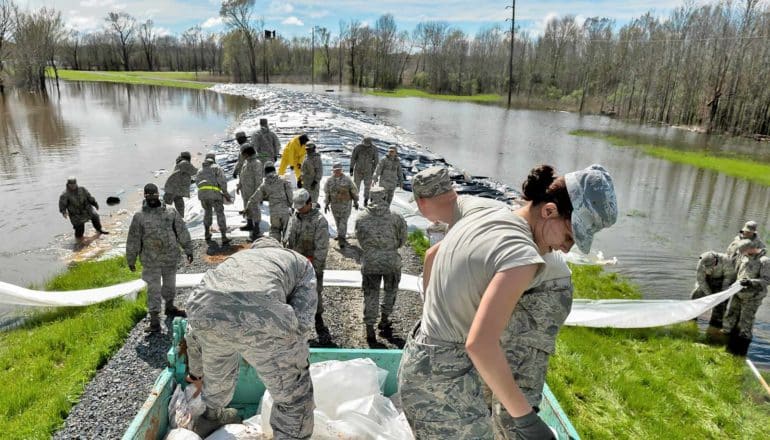
Repeated flooding events have a cumulative effective on the structural integrity of earthen levees, research finds.
This suggests that the increase in extreme weather events associated with climate change could pose significant challenges for the nation’s aging levee system.
“Traditionally, levee safety inspections are based on visible signs of distress on the surface,” says Rowshon Jadid, a PhD candidate at North Carolina State University and first author of a paper on the work in the journal Engineering Geology.
“What we’ve found is that as a levee goes through repeated flood events, it gets weaker—but the damage may be invisible to the naked eye.”
“This is particularly relevant now, since we’re seeing severe flooding more often,” says Brina Montoya, coauthor of the paper and an associate professor of civil, construction, and environmental engineering at North Carolina State University.
The study draws on data from the Princeville levee in North Carolina, as well as flooding associated with hurricanes Floyd and Matthew.
Levees are earth embankments that protect against flooding—and there are a lot of them. According to the US Army Corps of Engineers, there are 45,703 levee structures in the United States, stretching for 27,881 miles. On average, they’re 56 years old.
“Because these levees are aging, and we have limited resources available to maintain them, we need to determine which levees should be prioritized for rehabilitation efforts that will reduce their risk of failure,” Jadid says.
“There are inspection regimes in place, where officials look for signs of distress and structural damage,” says Mohammed Gabr, coauthor of the paper and professor of civil engineering and construction. “However, some of these visual signs can be missed and, in many cases, by the time we can see the problem, it’s either too late or too expensive to fix.
“The work we’ve published here demonstrates the increased risk of levee failure with the repeated flooding cycles and serves to help the profession with identifying levees with the highest risk of failure before signs of distress are visually observed.”
Researchers are in the process of using this study’s findings, as well as additional data, to develop tools that can facilitate more accurate identification of levee damage and the development of more accurate failure criteria.
Victoria Bennett of Rensselaer Polytechnic Institute is also a coauthor of the paper. The research took place with support from the Coastal Resilience Center, which the US Department of Homeland Security funds.
Source: NC State
The post Repeat floods can weaken our aging levees appeared first on Futurity.
from Futurity https://ift.tt/37AV9Nt
No comments:
Post a Comment